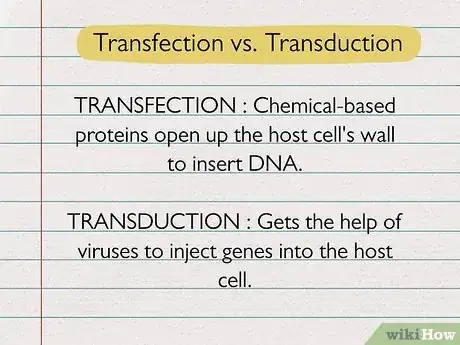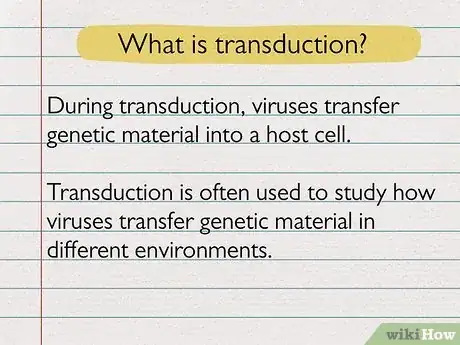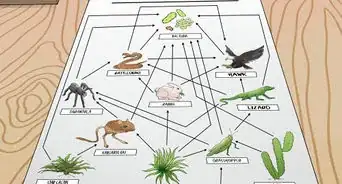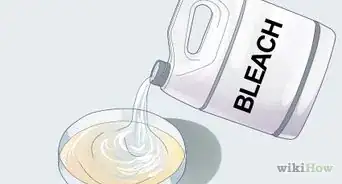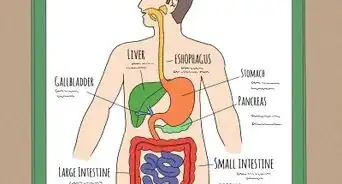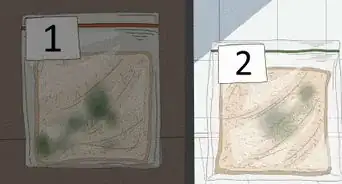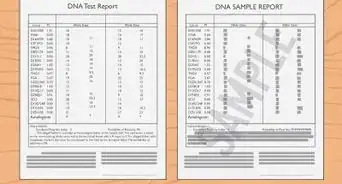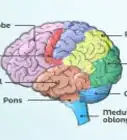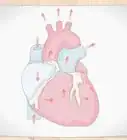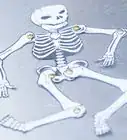This article was co-authored by wikiHow staff writer, Devin McSween. Devin McSween is a wikiHow Staff Writer. With a background in psychology, she has presented her research in social psychology at a variety of conferences and has contributed to several manuscripts for publication. At wikiHow, Devin combines her love of writing and research with the goal of bringing accessible information to wikiHow readers that will help them learn and grow. She earned her BS in Psychology from the College of Charleston.
Learn more...
You’re studying your biology notes when you come across 2 terms that look like they might be the same: transfection and transduction. Besides a few different letters, how exactly are these biological processes different? Whether you’re preparing for a test or just want a refresher about these microbiology terms, we’ve got you covered. In this article, we’ll go over the main differences between transfection and transduction, explain how each one works, and discuss how they're different from transformation. Read on to learn more!
Things You Should Know
- Transfection uses chemical-based proteins to transfer genes into cells, while transduction uses viruses.
- Transduction tends to be more effective and efficient at gene transfer than transfection.
- Transfection typically uses calcium phosphate, cationic polymers, cationic lipids, and electroporation to transfer DNA.
- Transduction usually uses adenoviruses, retroviruses, and lentiviruses to insert genes into cells.
Steps
References
- ↑ https://virologyj.biomedcentral.com/articles/10.1186/s12985-020-1297-3
- ↑ https://www.ncbi.nlm.nih.gov/pmc/articles/PMC2911531/
- ↑ https://virologyj.biomedcentral.com/articles/10.1186/s12985-020-1297-3
- ↑ https://www.thno.org/v10p5532.htm
- ↑ https://www.ncbi.nlm.nih.gov/pmc/articles/PMC2911531/
- ↑ https://www.thno.org/v10p5532.htm
- ↑ https://www.cell.com/molecular-therapy-family/methods/fulltext/S2329-0501(21)00017-6
- ↑ https://www.ncbi.nlm.nih.gov/pmc/articles/PMC4536854/
